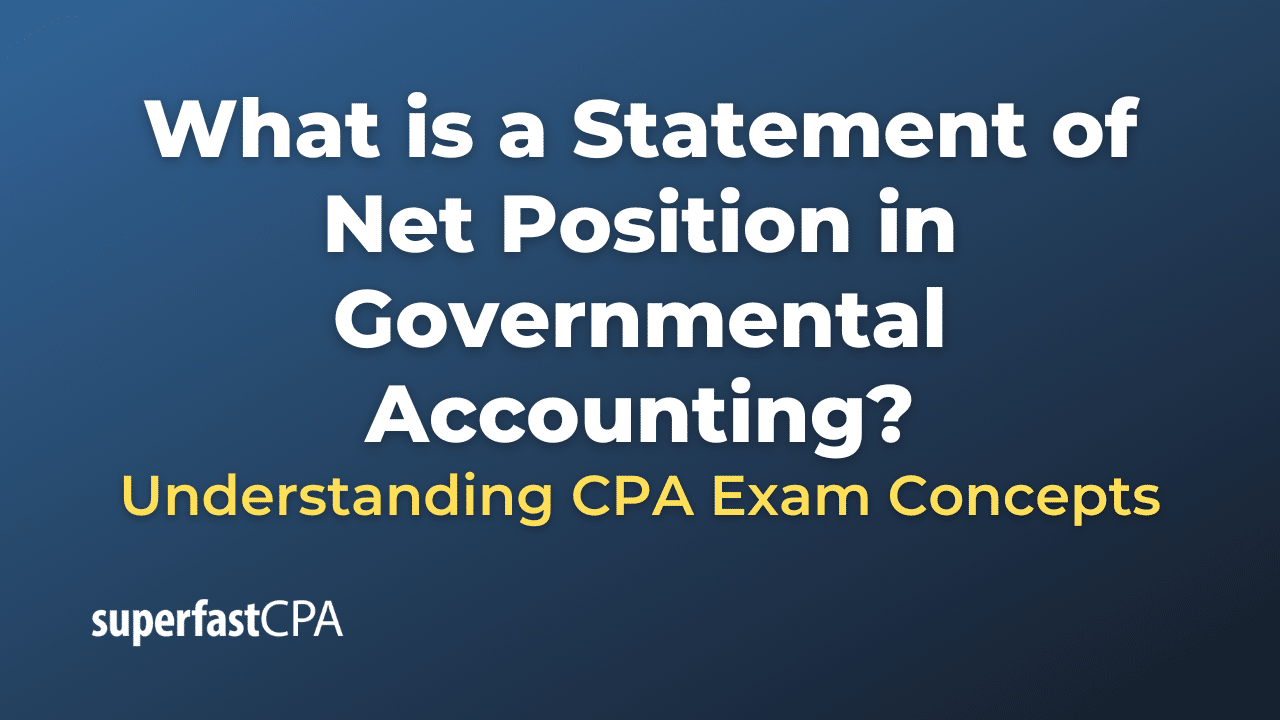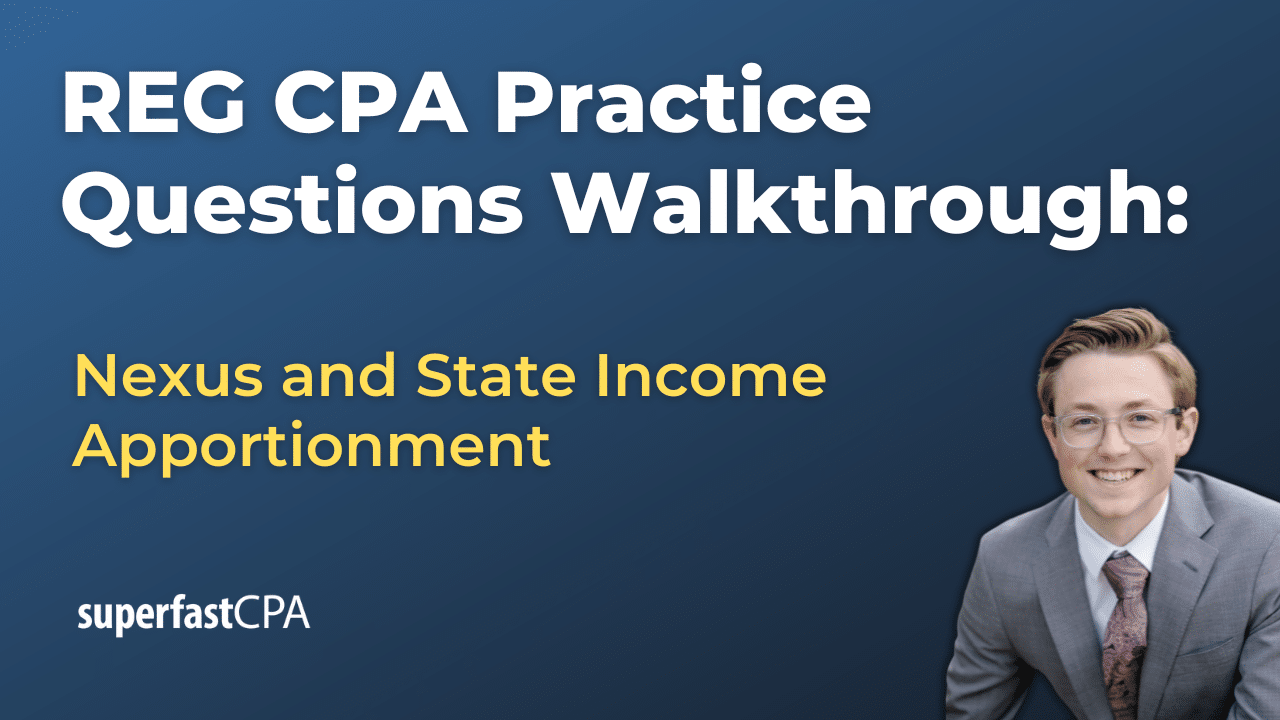Cost Structure
Cost structure refers to the types and relative proportions of fixed and variable costs that a business incurs. It is an essential concept in strategic planning, pricing decisions, and overall management of a company. Understanding a business’s cost structure can help determine pricing, investment, and other financial decisions.
- Fixed Costs: These are costs that do not change with the level of output or sales. They remain the same whether the company produces/sells nothing or a large volume. Examples include rent, salaries of permanent staff, and insurance.
- Variable Costs: These are costs that change directly and proportionately with the level of output or sales. When production or sales increase, variable costs rise; when production or sales decrease, variable costs fall. Examples include raw materials, direct labor costs, and sales commissions.
- Semi-Variable Costs: These costs have elements of both fixed and variable costs. They stay constant up to a certain level of output, after which they start varying. Examples include electricity bills (which have a fixed minimum charge plus a variable charge based on usage) and salaries of sales personnel (which might have a fixed base salary plus a variable commission component).
- Direct Costs: These are costs that can be directly attributed to the production of specific goods or services, like raw materials and direct labor.
- Indirect Costs: These are costs that are not directly attributable to the production of specific goods or services but are necessary for the overall operation of the business, like administrative expenses and depreciation.
Different types of businesses have different cost structures. For example, a software company might have high fixed costs (due to salaries for developers and costs for servers and software licenses) but low variable costs. In contrast, a manufacturing company might have high variable costs (for raw materials and direct labor) but lower fixed costs. Understanding the cost structure can help a company make strategic decisions about pricing, production levels, and potential profitability.
Example of Cost Structure
let’s consider two different companies to illustrate how different cost structures work:
- Software Company: This company develops and sells a software product. It has high fixed costs, including salaries for software developers, office rent, and server costs. These costs must be paid regardless of how many software licenses the company sells. However, once the software is developed, the cost of producing additional software licenses (variable cost) is very low or even negligible. So, the more software licenses this company sells, the more it can spread out its fixed costs, reducing the cost per unit and potentially increasing profitability.
- Manufacturing Company: This company produces and sells physical goods. It has high variable costs, including raw materials and direct labor costs, which increase with each unit produced. However, its fixed costs, such as factory rent and machinery, are relatively lower. If sales drop, the company can reduce production and thereby lower its variable costs, which provides some flexibility. However, if the company wants to increase production significantly, it may need to invest in more machinery or a larger factory, which would increase its fixed costs.
These examples show that different types of businesses have different cost structures, which can affect their profitability, flexibility, and risk levels. Understanding a company’s cost structure can help management make informed decisions about pricing, production levels, and investment in infrastructure or personnel.













